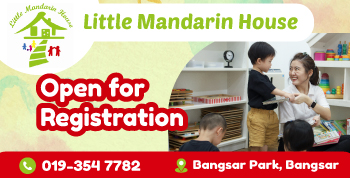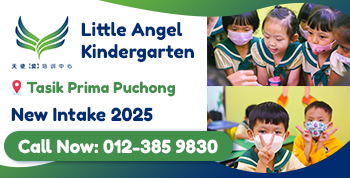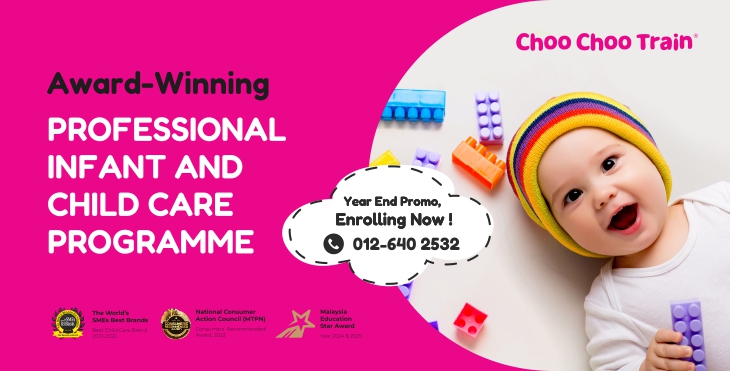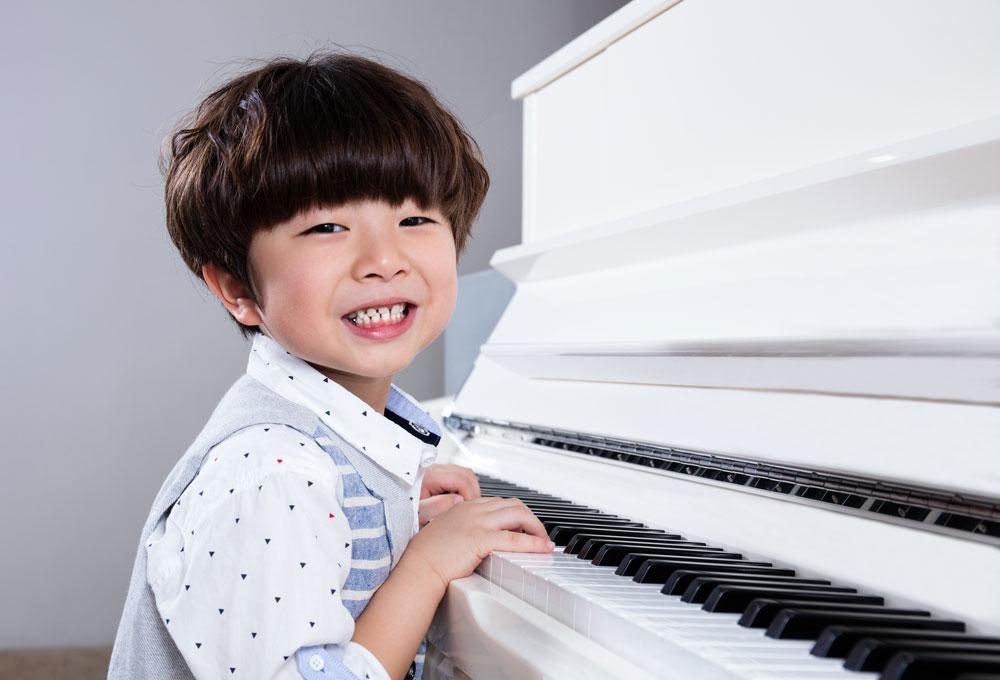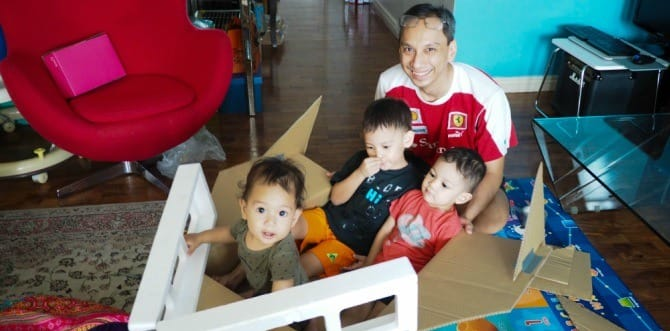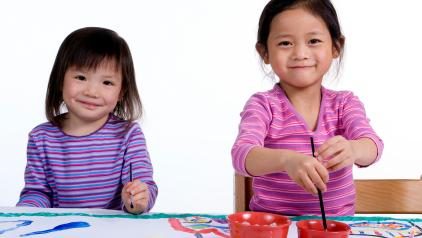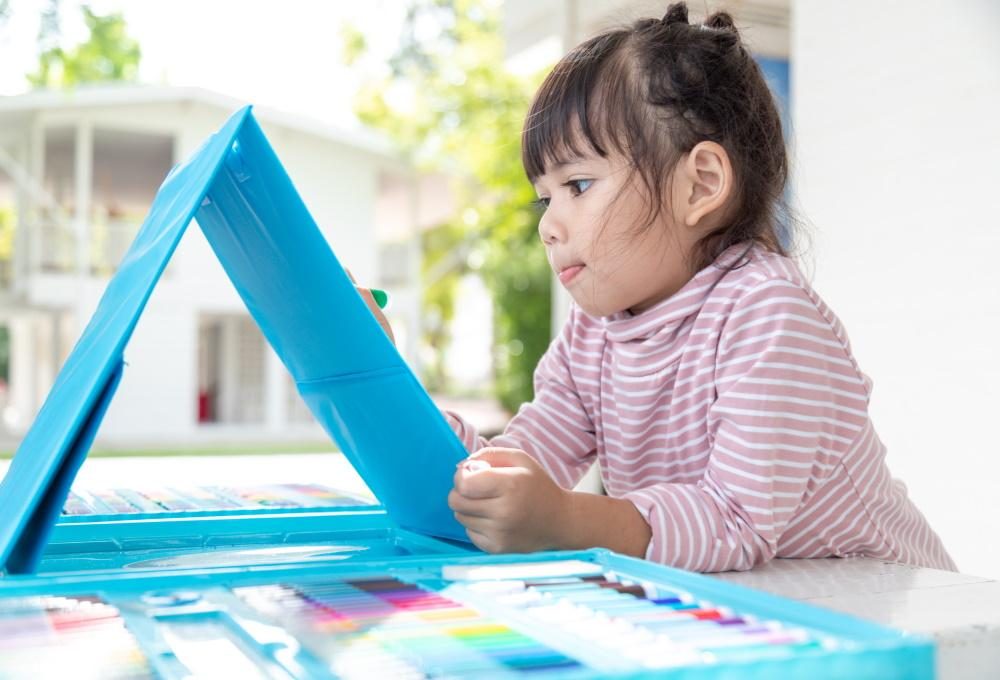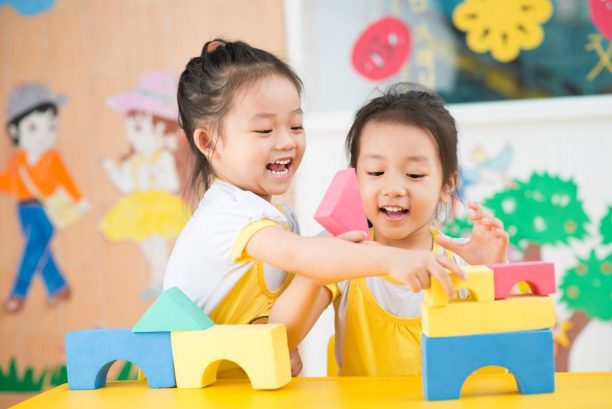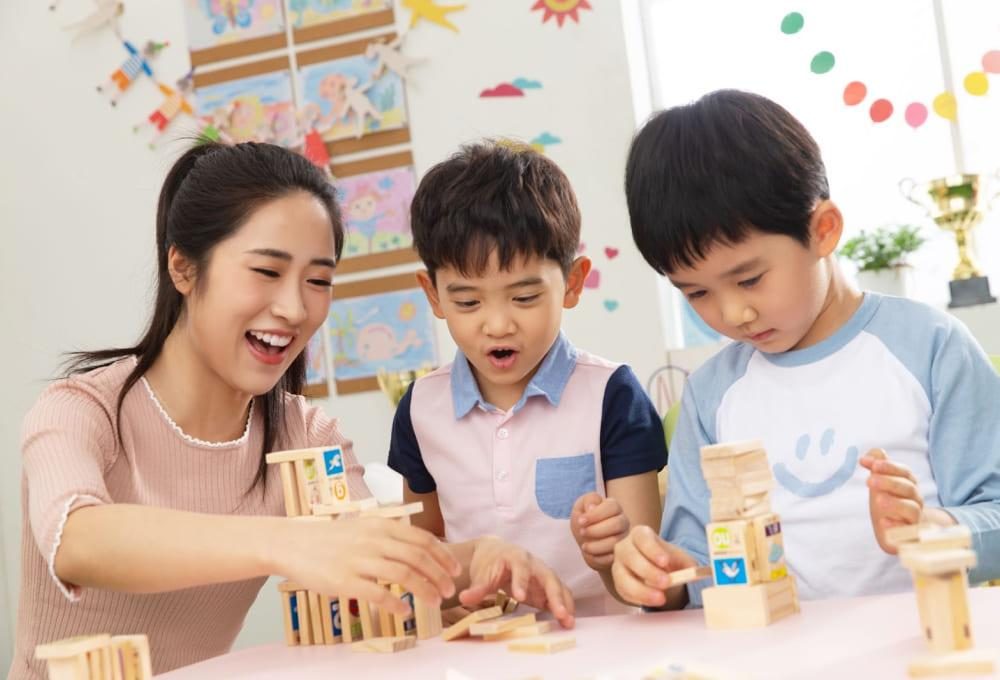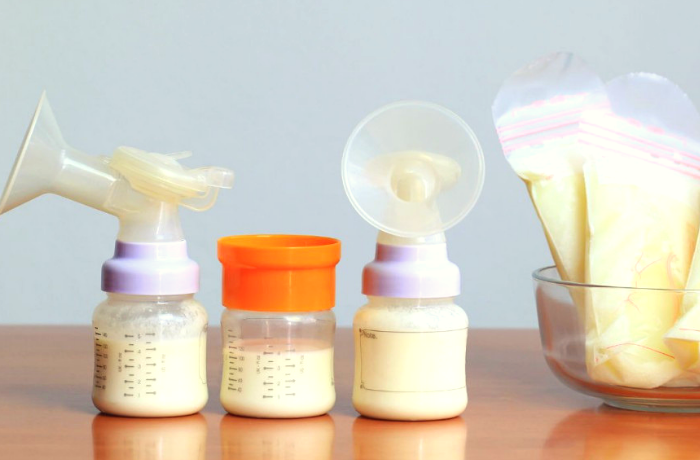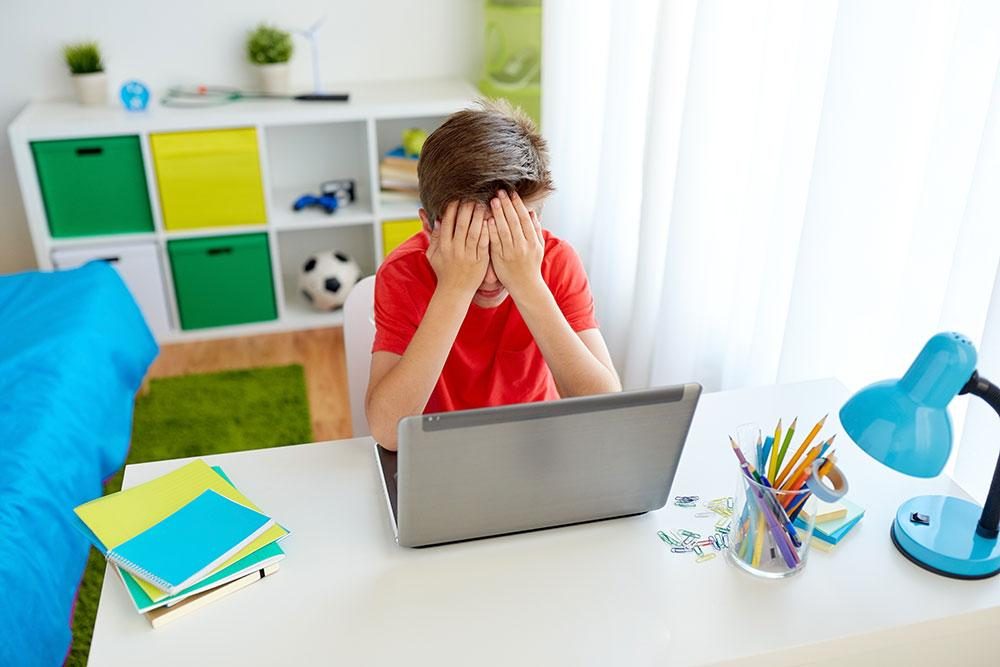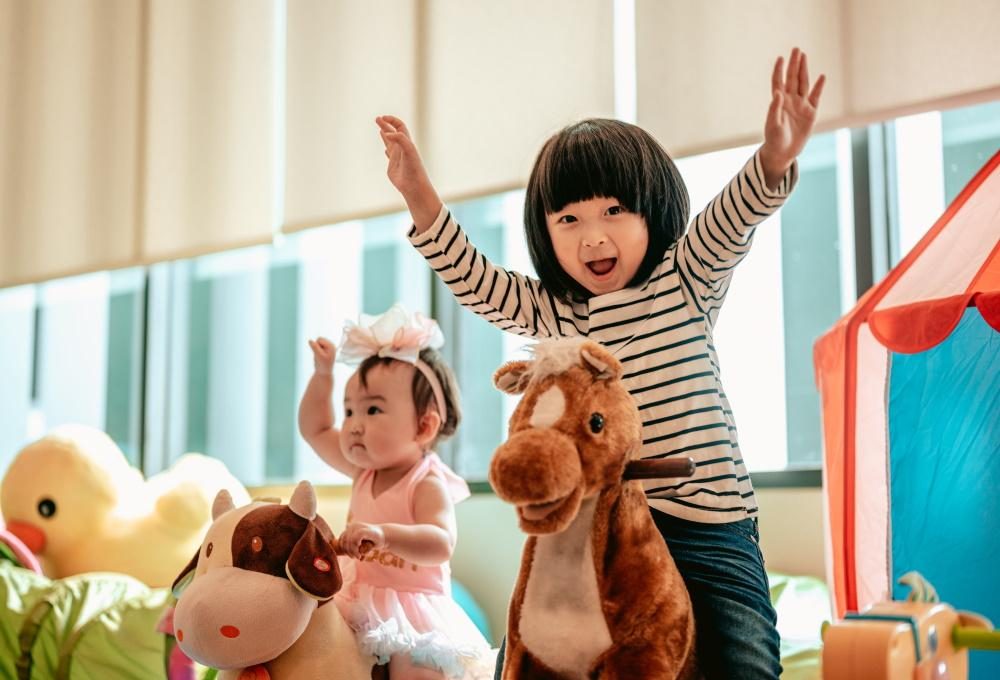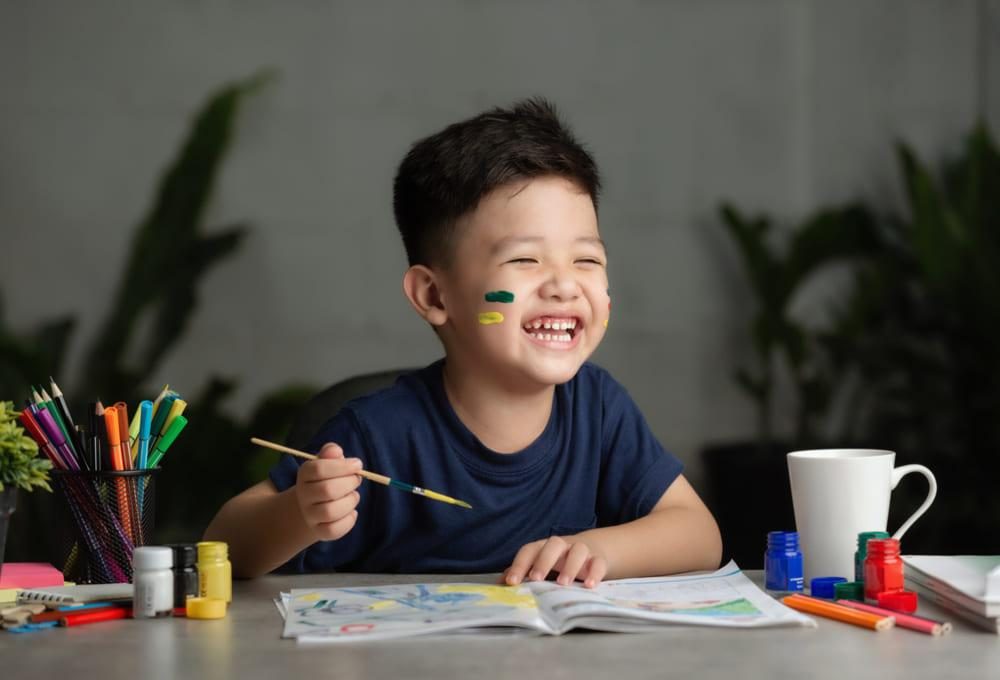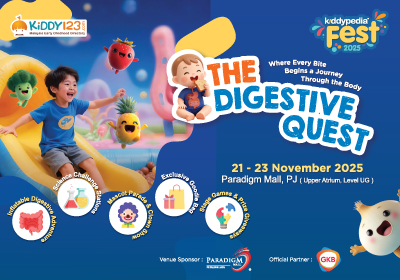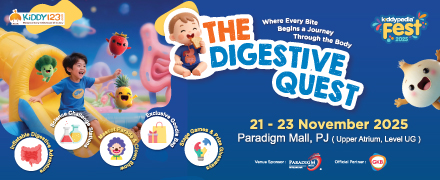The Therapeutic Side of Art | Helping Kids Cope with Stressful Times
by on 06/01/2022 ...
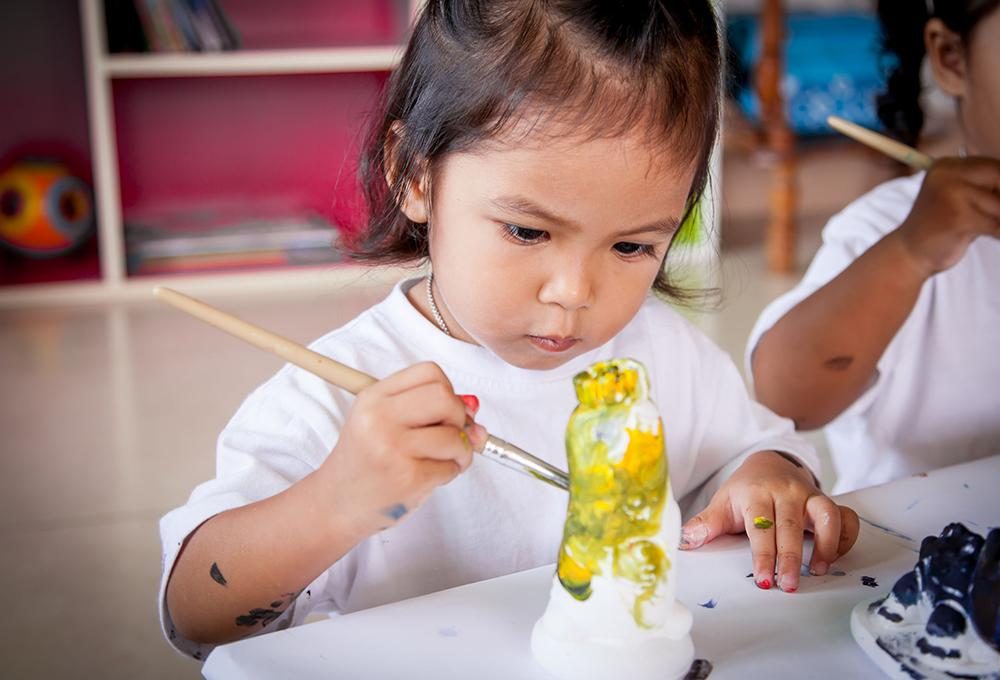
Kids can experience emotional and mental hardship, just like adults during difficult times. With children, unmanaged stress and anxiety can negatively affect their development—if they don’t discover ways to cope.
This is why activities like art, that encourage emotional growth and expression, are important.
Art as Therapeutic Aid

Art therapy is the application of visual arts for a therapeutic purpose. There are professionals who are licensed art therapists, using art as a way to achieve socioemotional and developmental targets, for example.
But you don’t have to see a therapist to get therapeutic benefits from art. Your kid can experience some healing and nurturing advantages at home too.
Here are 5 areas in which your child can grow, through art:
1. Self-regulation
Self-regulation is the ability to manage one’s feelings. It’s an important life skill that everyone needs.
Art develops this skill as it can be used to express or release one’s emotions, in a non-destructive way. Creative activities allow for an immersive experience where the maker gets absorbed into a state of ‘flow’—also known as ‘being in the zone’’.
This is why you often see young children, wide-eyed and intensely focused while drawing, colouring or sculpting.
This full involvement in the present moment also teaches children to take time to explore their feelings, instead of immediately reacting to something.
Once the MCO is over, try checking out these art jamming venues or art classes in Eduwis Elite with your kid.
2. Resilience
Sometimes kids go through hard times. Although this is an expected part of life, what really matters is how they react to these challenges.
Do they remain dispirited for long, or do they bounce back quickly, with determination to keep doing their best?
Children who engage in art can build resilience that pours onto other parts of life. Finishing an art project and developing art-related skills give children the experience of seeing themselves push through difficult things, and coming out of it with something positive.
3. Self-awareness
Art sharpens your child’s ability to recognize her emotions, correctly identify her strengths and understand her limitations.
It does this through the process of shining a light on her life experiences and inner world.
To help this process, you can ask your kid questions that prompt self-discovery. Here are a few examples:
- “What did you feel when you were drawing?”
- “What do you realize about your art?”
- “What would you name this drawing you made?”
- “What is happening in this part of the picture?”
Besides questions, parents can also give children ideas on what to ‘explore’ while still leaving a lot of room for expression and creativity.
Examples of prompts:
- “Why don’t you draw how you feel when you’re angry?”
- “Let’s paint ourselves as superheroes”
- “Draw something that makes you really happy!”
4. Communication

Making art is a form of non-verbal communication.
Since children often find it harder than adults to express their feelings and thoughts in a way that is fluid or coherent, they could try using art to ‘speak’.
There may be instances when drawing a picture is easier and safer than describing something with words. This is especially true if a child has gone through or witnessed a stressful or traumatic event.
Have gentle and encouraging talks with your child about her art pieces if possible. This may help you understand her better.
5. Self-esteem
When children have high self-esteem, they see themselves as being valuable. They also tend to have a brighter general outlook.
Research suggests that kids who frequently participate in art activities like painting and drawing are more likely to have higher self-esteem than those who don’t. This happens even without parental involvement.
But, how does art foster self-esteem in our little ones?
Below are several possible ways, related to the other points we’ve mentioned:
- Develops a skill or creative output that they can be proud of
- Provides emotional release and fun, allowing for a more relaxed attitude
- Opens up doors for sharing an interest with others, thus building more social bonds
- Gives kids an insight into their inner worlds, allowing them to appreciate their uniqueness
For other fun and productive ways to keep your child engaged during this uncertain period, read this.





